Maak is honoured to present a significant group of works from the extraordinary collection of Marc and Diane Grainer, respected patrons and passionate collectors of Contemporary Ceramics and Craft.
A Life in Craft: The Grainer Collection
10 -15 May 2025
VIEW ONLINE: Contemporary Ceramics + Contemporary Craft
“Our collection has always been about more than just the material or the artist's nationality. It’s about finding work that speaks to us both aesthetically and technically. British ceramics and craft have always been a rich source of that kind of work, offering beauty, creativity, and exceptional skill.”
Marc Grainer
“Marc and Diane have had an unwavering passion for British craft for many decades, and have built up an extraordinary & enviable collection. Their commitment to supporting the Crafts Council through the auction of their collection comes at a most welcome time, and will help us continue our work of supporting the makers of today and tomorrow. It is a generous act of philanthropy that we are deeply grateful for.”
Natalie Melton, Executive Director Crafts Council
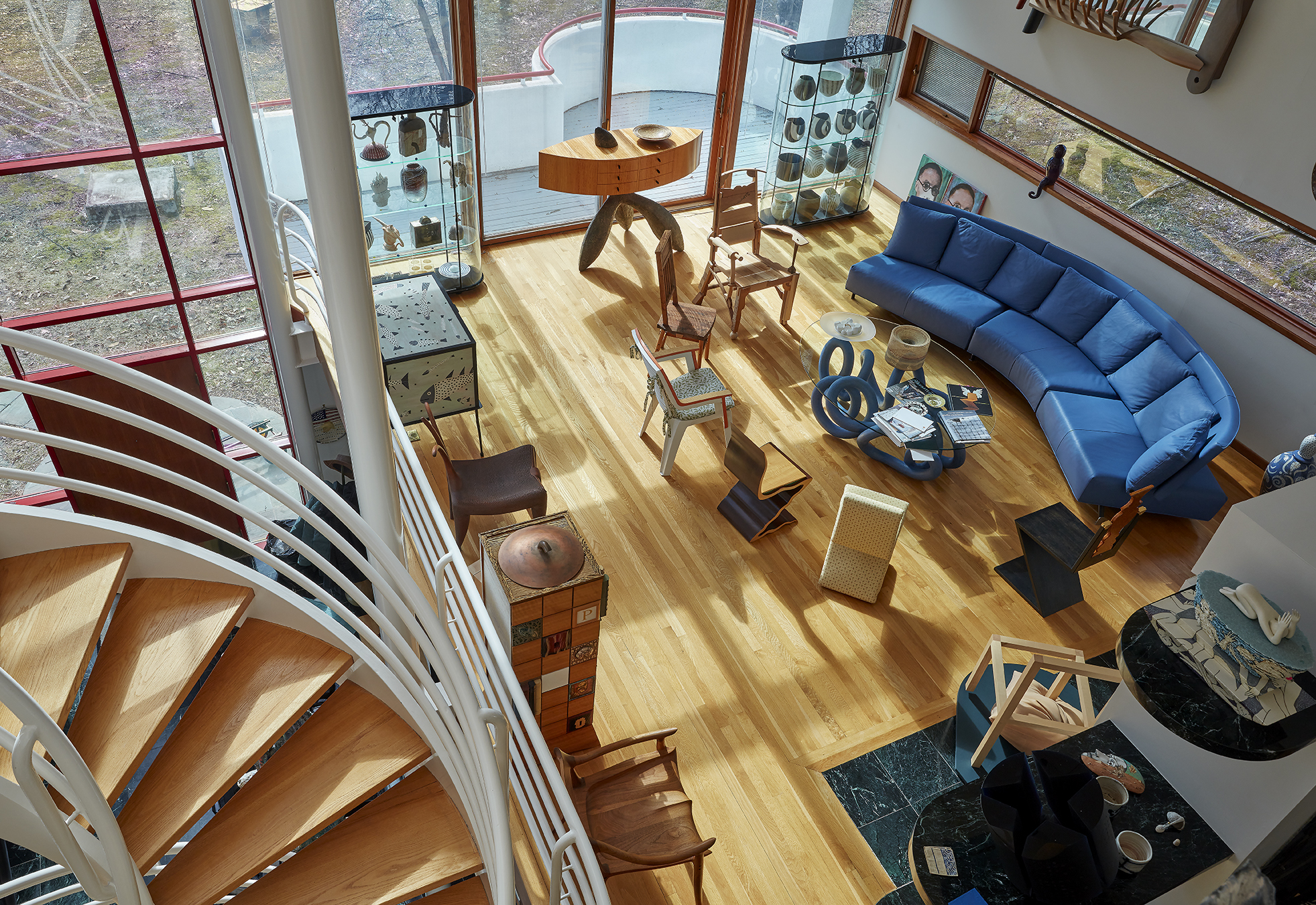
These works will be offered as part of Maak’s two parallel auctions dedicated to Contemporary Ceramics and Contemporary Craft, presented alongside other important pieces from a range of distinguished collections. Together, these sales will offer collectors a rare opportunity to acquire exceptional works from some of the most celebrated ceramic and craft artists.
Marc and Diane Grainer, from Washington DC, have spent more than four decades collecting and supporting the craft community both in the United States and the UK. Since their first acquisition in 1981, their involvement has gone far beyond collecting. As active patrons and board members, they’ve worked with organisations such as the American Craft Council, The Furniture Society, the Mint Museum Founders’ Circle, and the James Renwick Alliance.
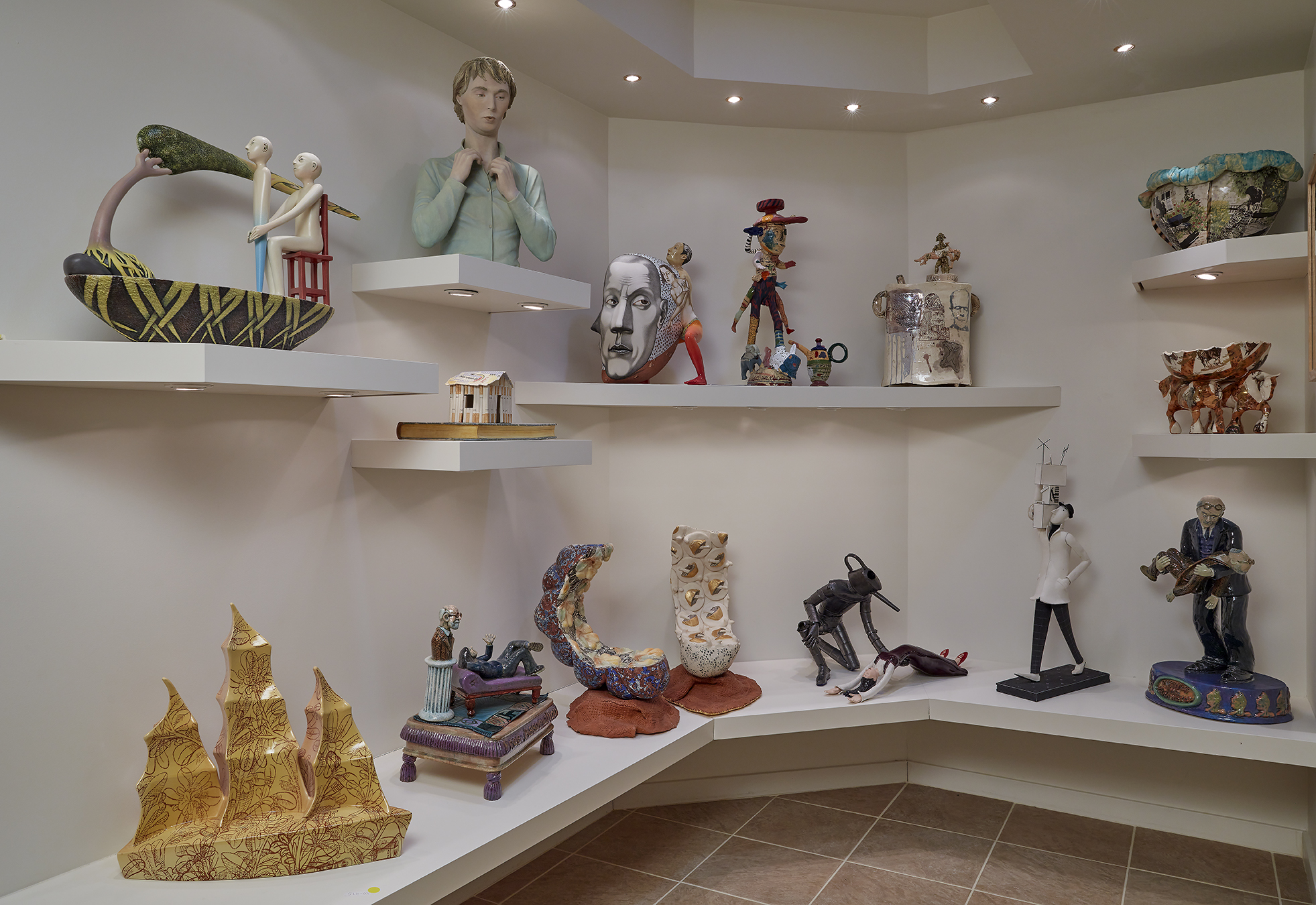
In keeping with their longstanding commitment to giving back to the community that has given them so much joy, the Grainers have chosen to donate a portion of the proceeds from the sale to the British Crafts Council in recognition of a relationship that goes back many years - and with the hope of helping to support its work into the future.

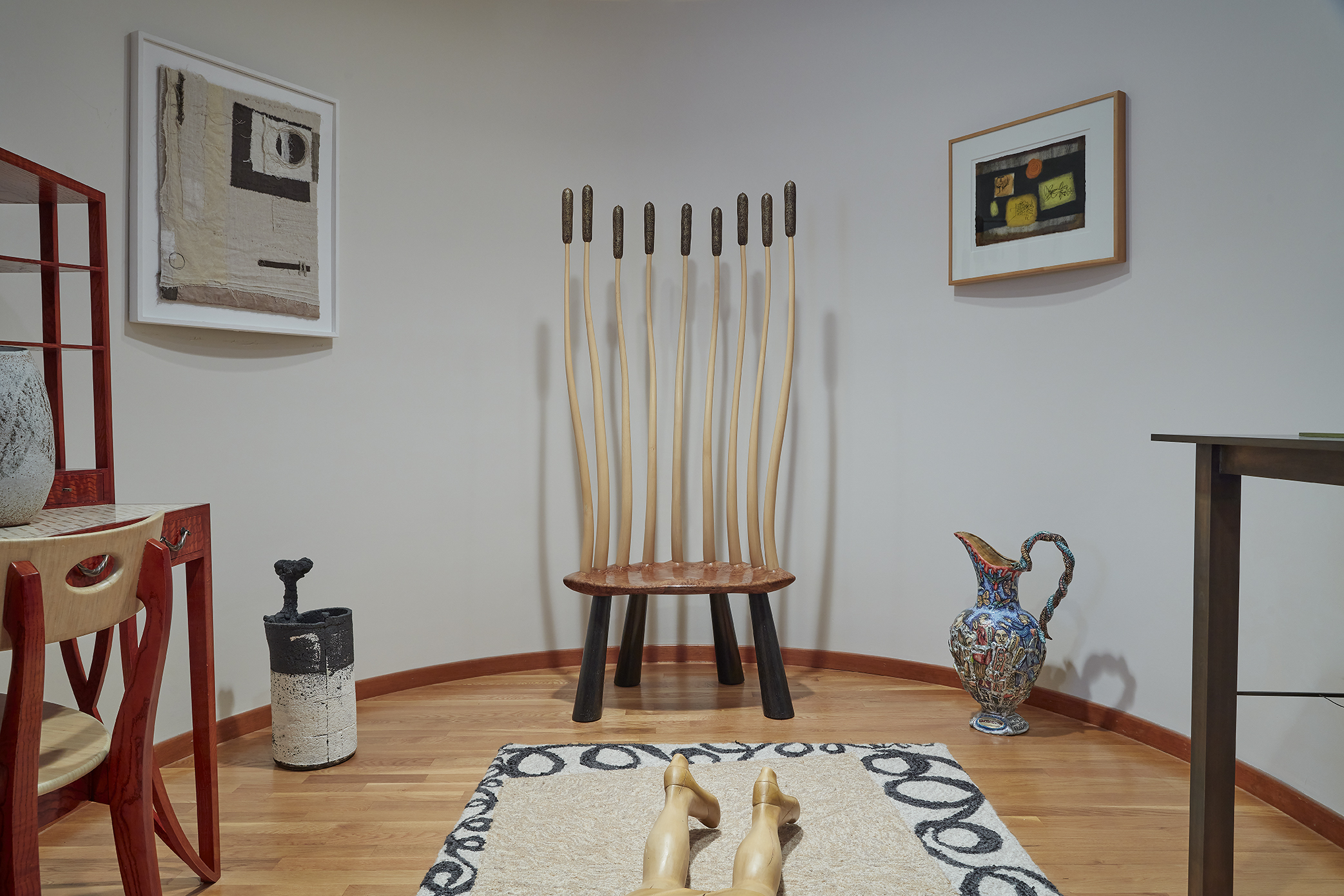
Marc and Diane have amassed a remarkable collection that spans ceramics, metalwork, furniture, woodwork, jewellery, fibre and sculpture, focusing on artists active from the 1980s to the present day. The works reflect their deep appreciation for the technical virtuosity, aesthetic innovation, and craftsmanship for which British studio ceramics and craft are renowned.
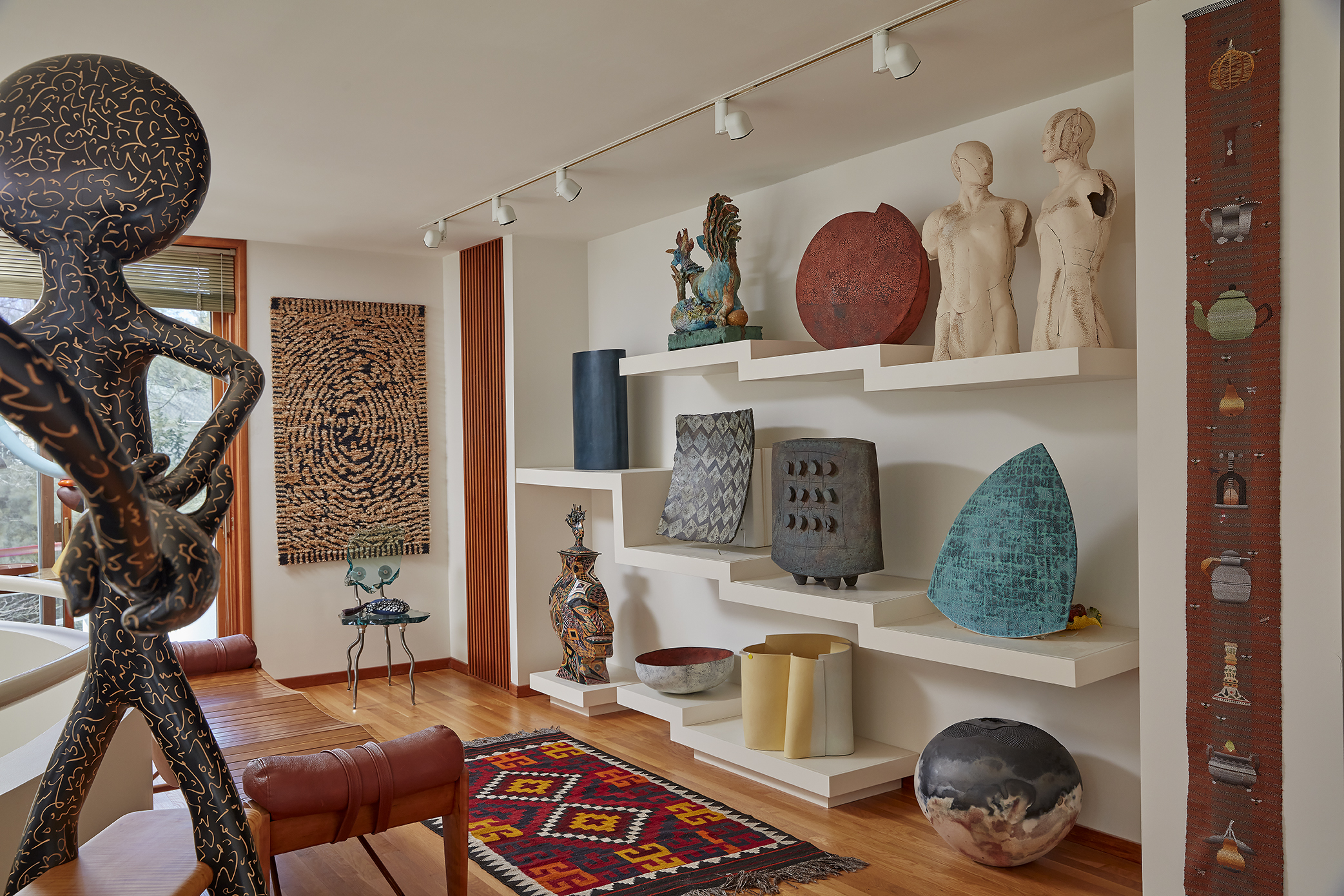
“We’ve always been captivated by the incredible craftsmanship in British ceramics and craft, which is what drew us to start collecting in the early 1980s. The quality of British craft is unparalleled, and over the years we have been fortunate to acquire some of the best pieces from this rich tradition.”
Marc Grainer
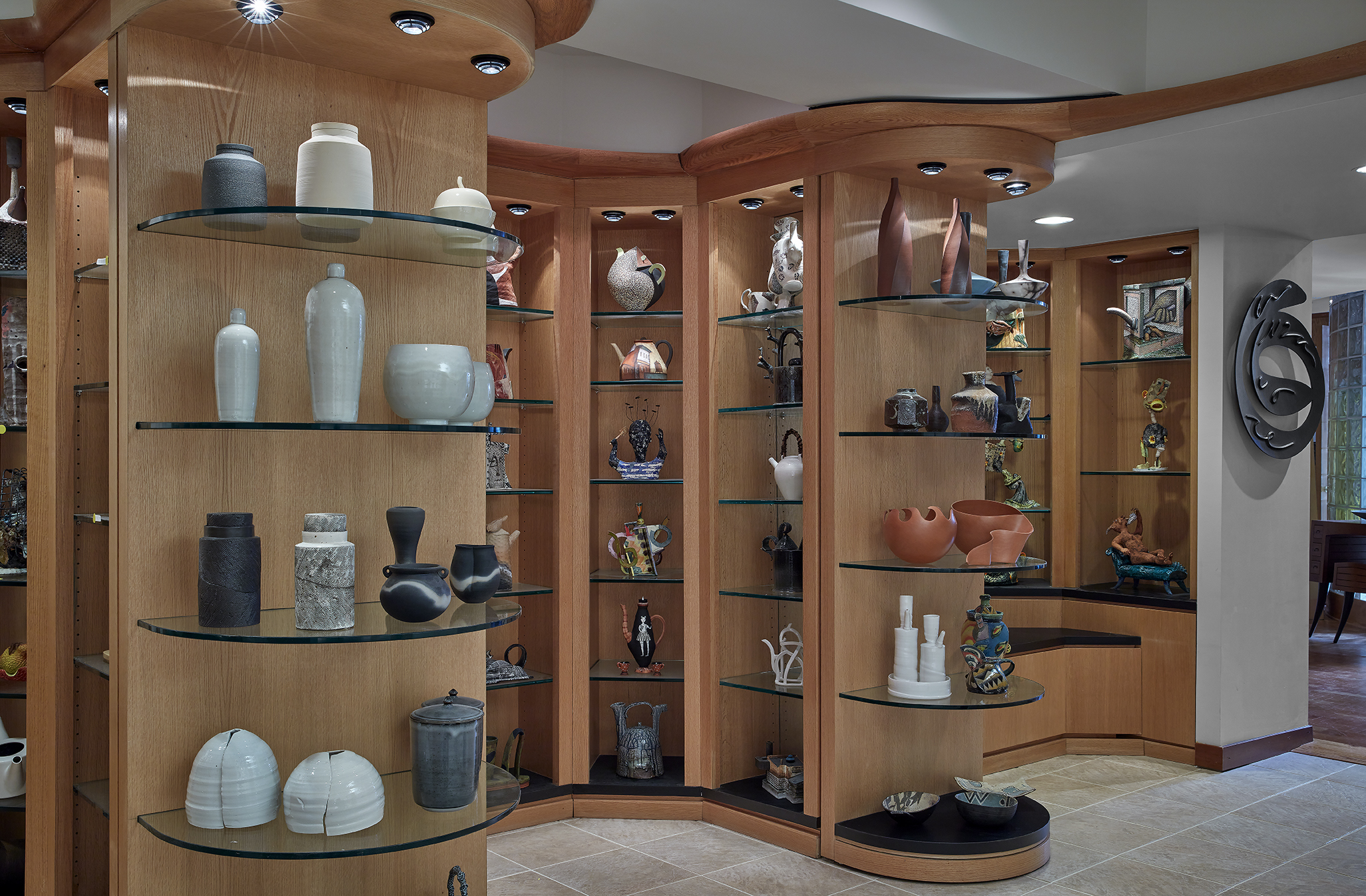
The British Studio Ceramics component of the collection features works by some of the most influential artists of their time, including Lucie Rie, Alison Britton, Carol McNicoll, Gordon Baldwin, Ewen Henderson and Richard Slee. Alongside these sit works by the leading craft makers renowned for their innovative work in wood, fibre and metal including John Makepeace, Jim Partridge, Breon O'Casey, and Anthony Bryant.
“The diversity of the collection is one of its most exciting aspects. From refined ceramics to striking furniture and sculpture, we’ve always focused on collecting works that have something unique to say. The collection offers a full range of British craft, showcasing exceptional pieces in both traditional and contemporary styles.”
Diane Grainer
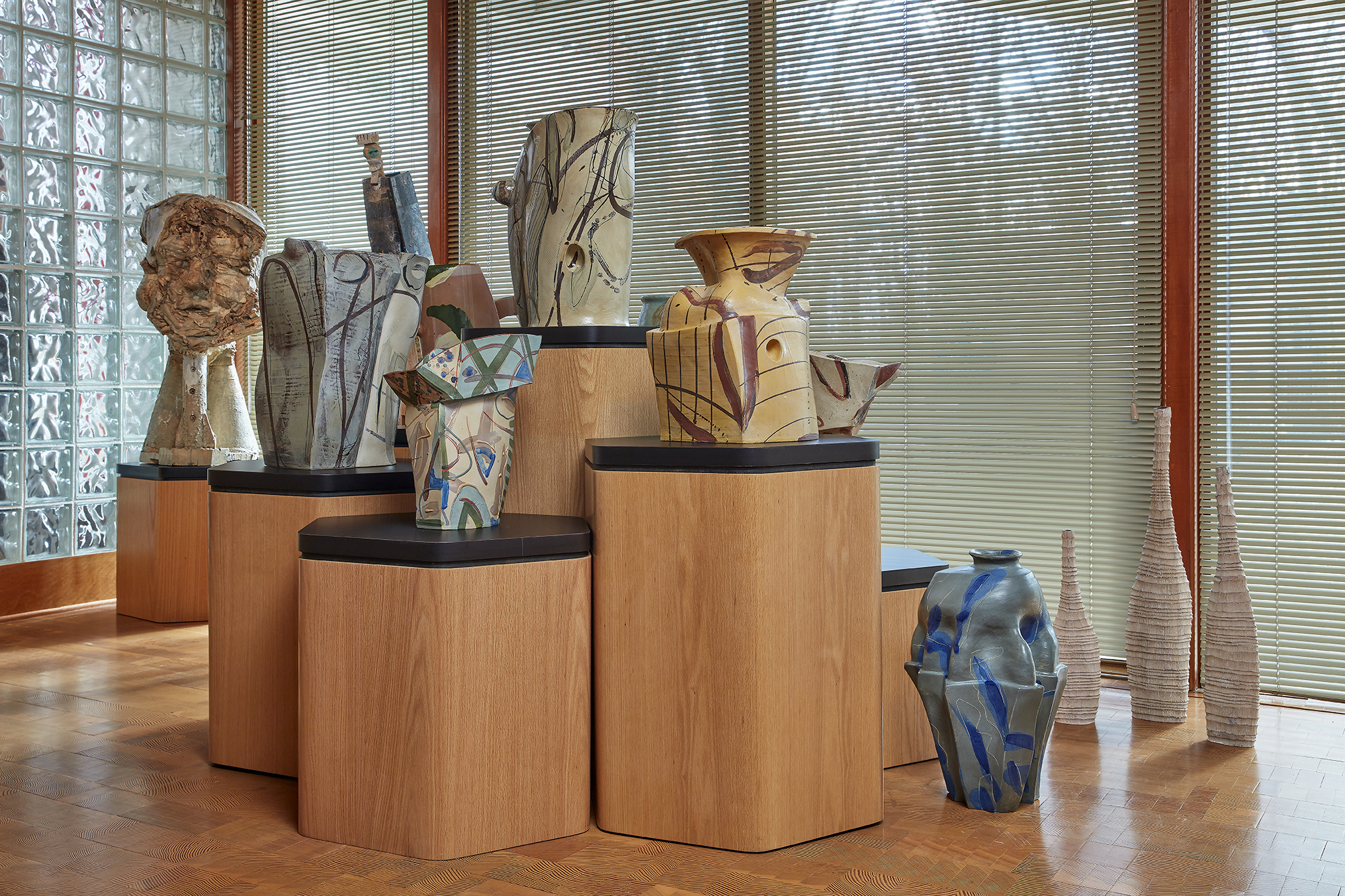
With such extensive collections, Marc and Diane’s home is filled with museum quality decorative arts. Marc describes their philosophy on living with an art collection as inhabiting a “living museum”.
“I can’t tell you how much living with this craft collection has enriched our lives. We experience fantastic art in every room (yes, including the bathrooms) of our house. My philosophy has always been that it’s a crime to keep most of our ceramic collection in storage away from view.”
Marc Grainer
'SIMPLY THE BEST'
Maak invited Tanya Harrod, Craft Historian and Author, to offer a personal reflection on the importance of the Grainer’s role as collectors of contemporary craft. READ HERE

In Conversation | Marc and Diane Grainer
A Life in Craft: The Grainer Collection
Tuesday 13 May | 6pm | 40 Earlham Street, Covent Garden, London, WC2H 9LH
Join us during London Craft Week for a talk from the collectors, Marc and Diane Grainer to celebrate their extraordinary collection, ahead of Maak's auctions of Contemporary Ceramics and Craft featuring The Grainer Collection.
This is a free event but places are limited and must be booked in advance.